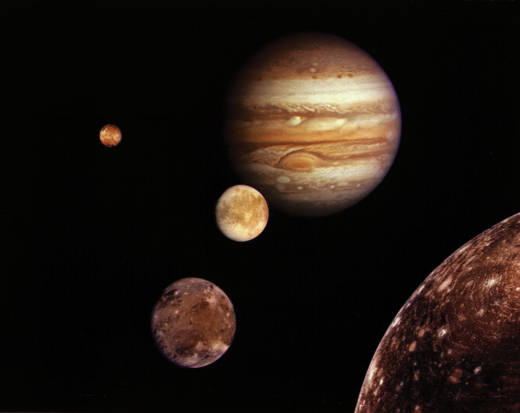Just months after the discovery of our first known interstellar visitor, it turns out there’s another asteroid from yet another star system residing in our cosmic club in plain view.
Scientists reported Monday that this interstellar resident is an asteroid sharing Jupiter’s orbit but circling in the opposite direction.
The asteroid, known as 2015 BZ509, has been in this peculiar backward orbit around the sun ever since getting sucked into our solar system, the researchers said. About 2 miles across, it joined our neighborhood in the first moments after our solar system formed 4.5 billion years ago.
The French and Brazilian researchers base their finding on extensive computer simulations showing BZ always has orbited around the sun in reverse and thus harkens back to the beginning of our solar system.
The results, published in the journal Royal Astronomical Society , come several months after the discovery of our first known interstellar visitor, a smaller, cigar-shaped asteroid that zoomed by last fall.

